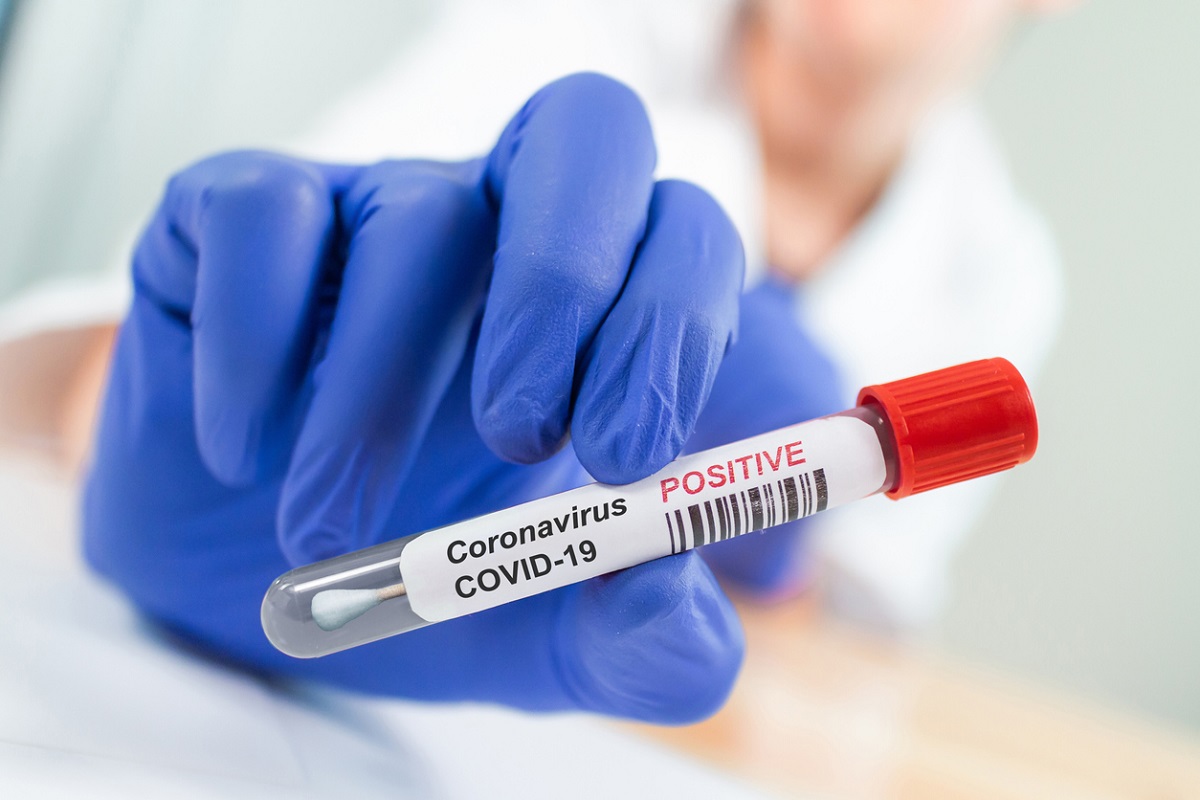Just as India faces the second wave of SarsCoV-2, prestigious medical journal, The Lancet, prescribes a number of urgent measures that we need to take. In particular, the report says that the spread of the virus is predominantly through aerosols, or in other words, it is airborne. The recommendations are thus, one, to promote wearing of masks and next, to avoid collections of people, particularly in closed spaces.
The recommendations are not new, both were specifically made, with grounds for their making, in June 2020. A team at the Scripps Institute of Oceanography and the School of Medicine, University of California at San Diego, and Sun Yat sen University, Taiwan, in the journal, Science, detailed the findings about the airborne transmission of Sars-CoV-2. A team at the Texas A&M University, at Austin, Caltech, and University of California, San Diego, in the journal, Proceedings of the National Academy of Sciences, confirmed the finding and added data that shows the positive protection provided by the use of masks.
Advertisement
Respiratory infection, the first paper said, happens through virus-containing droplets, exhaled when infected persons cough or sneeze, or smaller droplets when they breathe or speak. Droplets larger than five microns fall to the ground or other surfaces before they evaporate, and deposit viruses that may remain for hours or days.
Droplets that are smaller than five microns evaporate before they fall, and the viruses they contain stay suspended in the air, as an aerosol, which can stay airborne for hours. The paper cites studies that say much of the transmission of Covid-19 has been through aerosols produced, perhaps, by asymptomatic individuals. Exercises of tracing those who came into “close contact” with infected persons are hence inconclusive. And it seems that many infections were acquired from longer distances, another of the cited studies said.
Transmission by aerosols consists of smaller respiratory droplets, and this affects the severity of the infection, the paper said. It is possible, the paper said, that the smallest aerosols reach the deepest parts of the lungs, even before the immune responses can start. The Covid-19 virus, which multiplies three times faster than the Sars virus, can then spread to the pharynx, from where it would enter the environment, when the patient breathes, speaks or laughs – all before symptoms begin to show. The paper cited a study which said undiagnosed cases of Covid-19 infection, with “mild, limited or no symptoms”, were responsible for up to 79 per cent of viral infections in Wuhan.
The paper said World Health Organisation guidelines of six-feet distancing and hand washing were based on studies carried out in the 1930s. The technology available did not permit study of aerosols. Now we know that a large droplet settles in four to five seconds, but a onemicron particle stays airborne for over 12 hours. We also know that coughs and sneezes can deposit droplets 20 feet away and create thousands of aerosols that travel much further.
In enclosed spaces, hence, if there is an infected person, the viral load increases every minute. Ventilation is thus paramount and then, air-conditioning, which recycles the air, is a true step-in-aid to spreading infection.
Despite such findings in June 2020, the danger of airborne transmission has been questioned, as “not being established.” The current study by The Lancet, however, says there is overwhelming evidence and details the grounds to show that it must be so. “…From 33 per cent to 59 per cent of all Covid-19 cases could be attributed to asymptomatic or pre-symptomatic transmission of Sars-CoV-2 from people who are not coughing or sneezing…which supports a predominantly airborne mode of transmission,” the study says. That “super spreading events may be the pandemic’s primary drivers, and other data, cannot be adequately explained by droplets or fomites,” the study says.
Masking
The second paper, in PNAS, considered the then available data of Wuhan, Italy and New York City, to conclude that “that the difference with and without mandated face covering represents the determinant in shaping the pandemic trends in the three epicentres.”
The graph in Figure 2 shows that the rise in infection flattened in China by end of January 2020, but rose sharply in Italy and NYC through March to May. In the case of China, there was extensive testing, quarantine, and contact tracing, and then aggressive measures of lockdown of all cities and rural areas in the whole country, isolation of those in close contact with infected people, and it was mandated to wear face masks in public. As all of those were put in place at the same time, we cannot identify how much each measure contributed.
In Italy also, measures of quarantine, isolation and city lockdown were implemented, right from 9 March 2020. In most of the U S too, social distancing, quarantine and isolation was started in March and April, on 22 March in NYC. But, as we can see from Figure 3, numbers kept increasing, and it was on 6 April (Italy) and 17 April (NYC) that the curve began to flatten.
It was on 6 April last year that WHO issued the guidelines for masking and it was ordered in northern Italy on the same day, and nation-wide on 4 May. NYC followed suit on 17 April. We can see from Figure 3 that on those very dates, the rate of infection began to drop (the dotted lines show where the trend was leading the curve.
India introduced a nation-wide lockdown from March 2020 and continued restrictions even after partial relaxations. Our infections, however, saw very high numbers through June and September. Our ratios appeared to be better than in other parts of the world, but it may be a result of our younger population, as well as much lower mobility. The surge of the last few days, however, has taken us to the very top of the list of affected countries.
Administrative measures, of restricting commercial activity, travel and gatherings are sure to follow. The simple step, however, of ensuring that everybody wears a well-fitting mask, even indoors, when in an enclosed, public space, would have dramatic effect. And so would steering clear of gatherings and crowded places. We should still wash our hands, however, as airborne transmission has not affected direct transmission through droplets.
The writer can be contacted at response@simplescience.in











